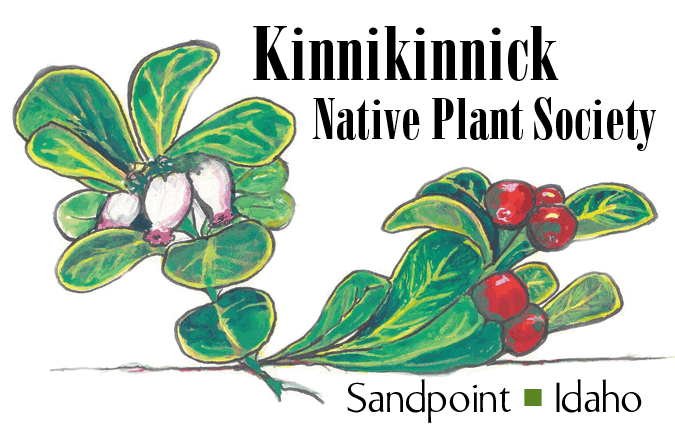Pearly Everlasting
(Anaphalis margaritacea)
Pearly Everlasting
Pearly Everlasting (Anaphalis margaritacea) is a North American native found in dry, sunny fields and on the edge of wooded areas. Named for the white, tight buds that resemble pearls in a cluster, Pearly Everlasting's species name, margaritacea, means “pearl-like.” The clusters of tiny white flowers have yellow centers and bloom for many weeks from mid-summer through early fall.
Thriving in poor, dry soils, Pearly Everlasting tolerates drought, though in a garden setting, regular watering the first year helps it develop a strong root system. This multi-stemmed, upright plant can grow to 3 feet tall and bush out equally as wide. It prefers full sun but tolerates partial shade. Best of all, it is rabbit and deer resistant, and disease-free.
A natural choice for your pollinator garden, Pearly Everlasting provides nectar for many insects including butterflies. It is a host plant for the larval caterpillar of Painted Lady and Skipper butterflies. Larval damage is minimal and the plant recovers fully. The silver-gray foliage and white flowers are easily preserved for use in dry floral arrangements.
The flowers have a mild musty, earthy smell and Native Americans used it medicinally. The leaves of Pearly Everlasting make an anti-inflammatory poultice for swelling, burns, sores, and bruises.
Check out Pearly Everlasting in the Dry Rock and Meadow habitats at the North Idaho Native Plant Arboretum. Open to the public, parking for the Arboretum is at 611 S. Ella Ave. or on the street.
Pearly Everlasting is found on page 175 of the KNPS publication, Landscaping with Native Plants in the Idaho Panhandle, available at local bookstores and the Bonner County History Museum.
Native Plant Notes are created by the Kinnikinnick Native Plant Society. To learn more about KNPS and the North Idaho Native Plant Arboretum, explore www.nativeplantsociety.org.

